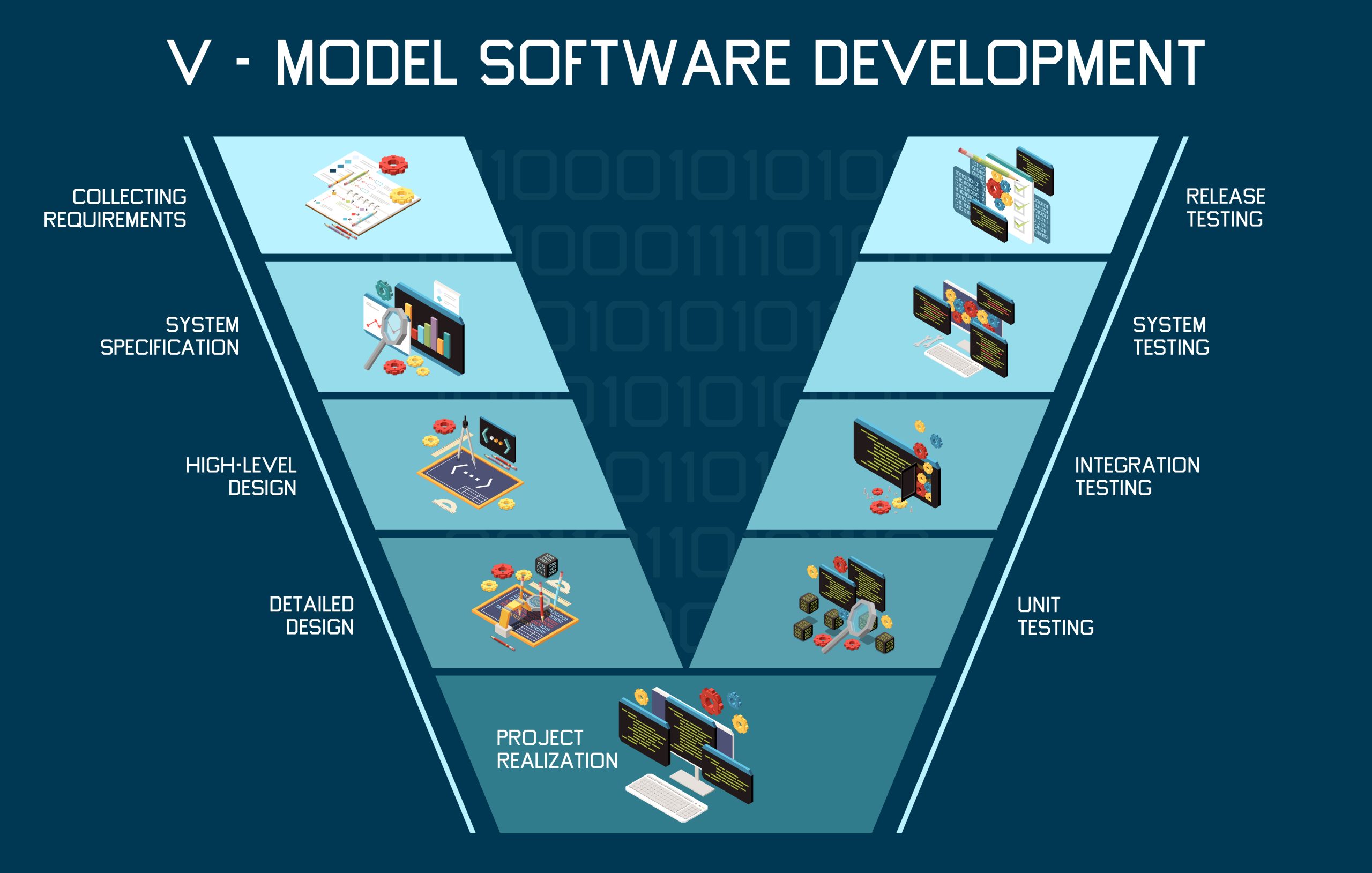Users expect applications to be fast, available, and capable of adapting to their growing needs. This makes it essential for businesses to build software that is not only scalable but also robust. Scalability ensures your application can handle increased workloads and traffic, while robustness guarantees consistent performance under various conditions. Together, they form the backbone of reliable digital experiences.
Whether you are developing a web platform for a local clinic, a learning management system, or an e-commerce portal, the core principles of building scalable and reliable applications remain the same. Below are key strategies and best practices that software teams can apply to deliver applications that grow with your business and perform well over time.
1. Design with Scalability in Mind from the Start
Scalability starts with architecture. Rather than waiting to scale after problems arise, it is important to design your system with growth in mind.
- Use modular, loosely coupled architectures that allow each component to scale independently
- Adopt proven architectural patterns like microservices or layered architecture
- Separate core functions such as authentication, database interactions, and APIs into distinct layers for better control and maintainability
By building a flexible foundation, you reduce the need for major overhauls as demand increases.
2. Choose Scalable and Efficient Data Storage Solutions
Data plays a central role in most applications. Using the right storage technology can make a big difference in performance and scalability.
- Consider distributed or NoSQL databases like MongoDB, Cassandra, or Apache HBase for handling large volumes of unstructured data
- For real-time speed, use caching systems like Redis or Memcached to minimize database queries
- Use proper indexing and query optimization to ensure fast data retrieval even as your data grows
The ability to expand your storage layer without interrupting services is crucial for long-term growth.
3. Implement Asynchronous and Event-Driven Communication
Synchronous operations can slow down your system under heavy loads. Asynchronous communication helps decouple components and enables concurrent processing.
- Use message queues such as RabbitMQ or Apache Kafka to allow parts of the system to operate independently
- Adopt event-driven patterns where services react to events rather than polling for changes
- This approach supports horizontal scaling and improves responsiveness during peak usage
Decoupling services also makes it easier to test, deploy, and update components individually.
4. Use Horizontal Scaling and Load Balancing
Instead of upgrading one powerful server, horizontal scaling adds more instances of your application to distribute the load.
- Deploy your application across multiple servers or containers and use a load balancer to distribute traffic evenly
- Tools like Nginx, HAProxy, or cloud-native load balancers can handle traffic management
- This setup ensures high availability and performance even during traffic spikes
By scaling horizontally, you reduce single points of failure and maintain consistent performance.
5. Optimize Application Performance and Efficiency
Performance tuning improves user satisfaction and system reliability.
- Use profiling tools to identify slow code or heavy resource usage
- Optimize database queries and reduce external API dependencies
- Implement efficient algorithms and use appropriate data structures for your business logic
- Implement asset compression and lazy loading to reduce page load times
Efficiency saves costs, reduces server strain, and enhances user experience.
6. Build for Fault Tolerance and Strong Error Handling
Even with the best design, failures will happen. What matters is how your application responds to them.
- Use retry mechanisms and circuit breakers to prevent cascading failures
- Apply graceful degradation techniques where some features temporarily disable without affecting the entire system
- Include robust error logging and monitoring to detect and diagnose issues quickly
- Plan for failover strategies and automated recovery procedures
These techniques ensure your application remains available and stable under stress.
7. Conduct Load Testing and Performance Benchmarking
Before going live or scaling up, test how your application handles real-world stress.
- Use tools like JMeter or Locust to simulate traffic and monitor system behavior
- Identify bottlenecks in CPU usage, memory consumption, and response times
- Tune configurations and refactor code as needed based on test results
- Create benchmarks and continue testing as you release updates
Regular load testing helps prevent outages and improves readiness for growth.
8. Monitor Application Metrics and System Health
Ongoing monitoring is vital for maintaining a scalable and robust application.
- Implement monitoring tools like Prometheus, Grafana, or ELK stack to track performance
- Monitor metrics such as server uptime, response time, error rates, and resource usage
- Use logs to track system behavior and set alerts for anomalies or failures
- Analyze patterns in traffic and system performance to plan future scaling efforts
Proactive monitoring helps you act before small issues become major problems.
Conclusion
Scalable and robust software does not happen by accident. It is the result of careful planning, smart architectural decisions, and continuous improvement. When businesses adopt these practices from the outset, they can deliver digital products that grow alongside user demand and remain dependable under pressure.
From CMS-powered platforms to fully custom web applications, applying these principles ensures better performance, greater resilience, and long-term success. As user expectations and digital ecosystems evolve, the ability to build flexible and fault-tolerant systems becomes a competitive advantage.

